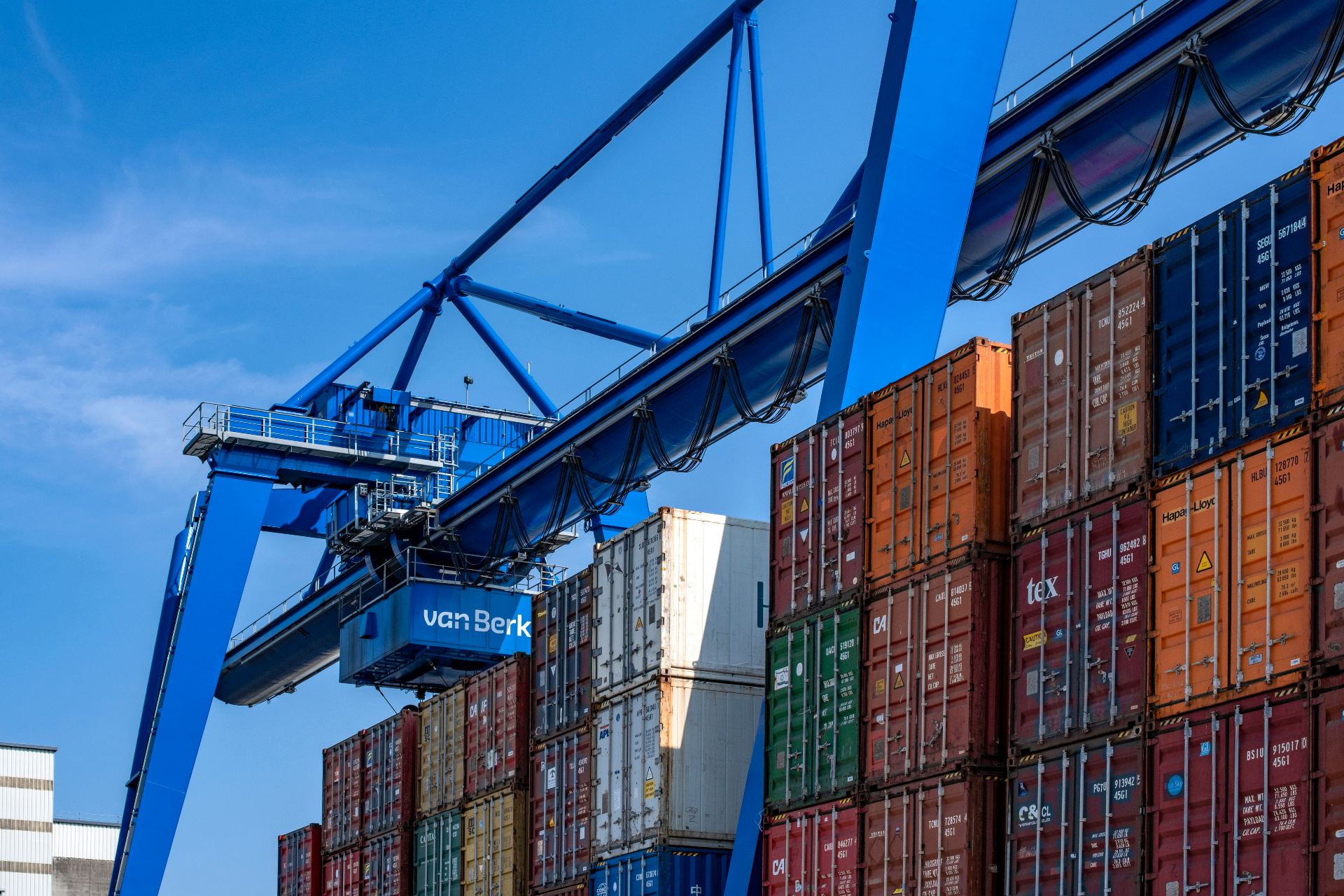Managing international distribution channels requires careful selection, strong communication, localization, and leveraging technology. By selecting the right channels, aligning with customer preferences, establishing effective partnerships, and leveraging data-driven insights, businesses can effectively reach customers in foreign markets and drive growth.
Expanding into foreign markets offers exciting opportunities for businesses, but it also presents unique challenges, particularly in managing distribution channels. Effectively reaching customers in foreign markets requires careful consideration and strategic decision-making to ensure seamless product delivery and customer satisfaction.
Selecting the right distribution channels is the first step towards successful international expansion. Options may include direct sales through company-owned stores, partnering with local distributors or wholesalers, utilizing e-commerce platforms, or establishing strategic alliances with local retailers. Each option comes with its own advantages and considerations, and businesses must carefully evaluate which channel aligns best with their market entry strategy, target audience, and product/service characteristics.
Understanding the local market dynamics and customer preferences is crucial when selecting distribution channels. Conducting thorough market research and analyzing consumer behavior can provide valuable insights into the most effective channels to reach the target audience. For example, in some markets, e-commerce may be the primary channel, while in others, brick-and-mortar stores may still dominate. By aligning distribution channels with customer preferences, businesses can optimize their reach and maximize sales potential.
Managing distribution channels in foreign markets requires strong communication and coordination. Establishing clear expectations, performance metrics, and guidelines with channel partners is vital for smooth operations. Regular communication and feedback loops help address any issues promptly and ensure alignment with the overall business strategy. This collaborative approach fosters a strong relationship between the business and its channel partners, leading to more effective distribution and improved customer satisfaction.
Localization plays a significant role in managing international distribution channels. Adapting marketing materials, packaging, and product labeling to the local language and cultural preferences enhances brand perception and customer acceptance. Working closely with local partners to ensure proper localization and cultural sensitivity is essential for seamless integration into foreign markets.
Technology also plays a vital role in managing international distribution channels. Utilizing inventory management systems, order tracking tools, and data analytics allows businesses to gain real-time insights into sales performance, inventory levels, and customer preferences. This data-driven approach enables businesses to make informed decisions, optimize distribution operations, and respond swiftly to market demands.
Regular evaluation and performance monitoring of distribution channels are essential to ensure their effectiveness. By analyzing sales data, customer feedback, and market trends, businesses can identify opportunities for improvement, assess the performance of different channels, and make necessary adjustments to optimize their distribution strategy. Continual evaluation and adaptation are key to staying competitive in foreign markets.
Related Information



















































